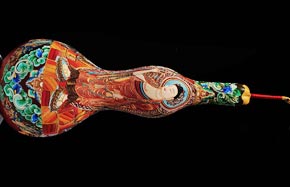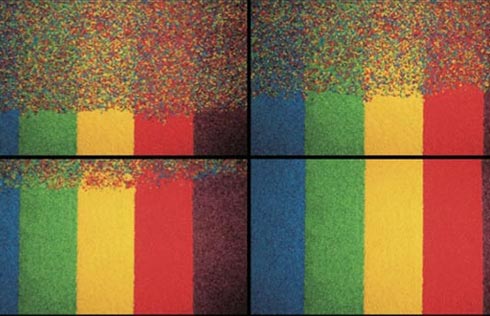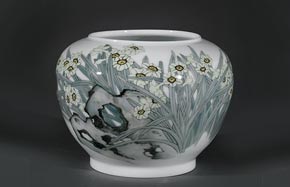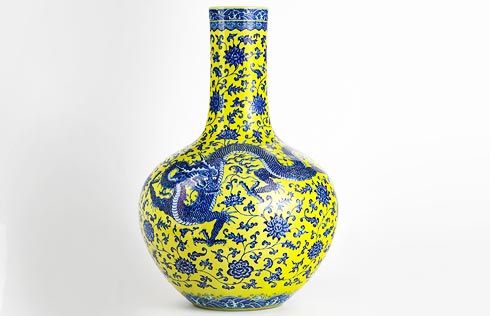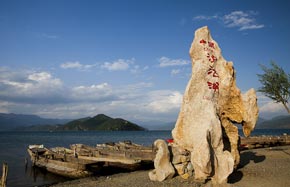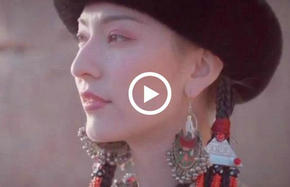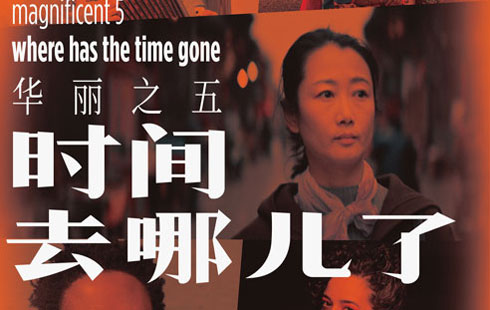Treasures on show draw long lines at Palace Museum
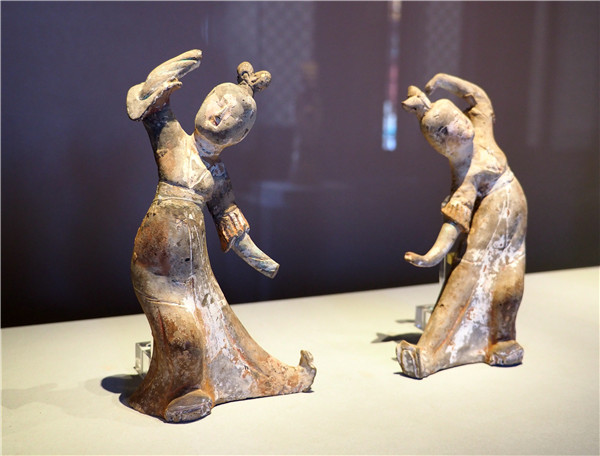 |
|
Treasures on show at the Palace Museum in Beijing include the early 12th-century masterpiece, A Panorama of Rivers and Mountains, and ancient clay figurines. [Photo by Jiang Dong/China Daily] |
Booming scene
Shan's approach echoes China's efforts to improve the protection of the country's cultural heritage in the past five years.
And as President Xi Jinping said in 2013: "We should systematically categorize traditional culture, let cultural relics in forbidden palaces be displayed across the country, and let characters written in the ancient books come alive."
For Liu Yuzhu, director of the State Administration of Cultural Heritage, the popularity of the Palace Museum is just one example of a boom in Chinese cultural heritage preservation.
For instance, there were 3,866 registered museums on the Chinese mainland in 2012, and the number was 4,873 by the end of 2016, attracting nearly 900 million visitors a year.
"Museums now offer better services rather than merely functioning as custodians of cultural relics," says Liu.
"And new methods like digital exhibitions and the Internet are being widely used to promote ancient Chinese civilization."
Also, many restrictions are being lifted to make museums more dynamic, particularly privately-owned ones.
In 2012, there were only 647 private museums, but the number was 1,297 in 2016.
"Now, the government is just a guide when private efforts are made to protect cultural relics," says Liu.
In 2015, a national rule was promulgated to regulate museum operations.
"Museums can help tourism, economic development and education," he says. "So, plans are being made for different regions."






